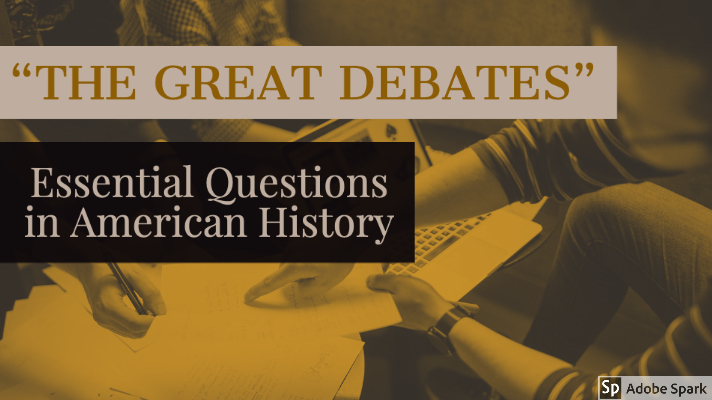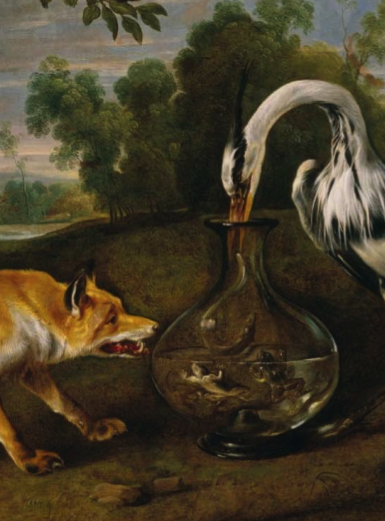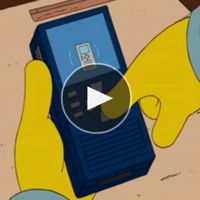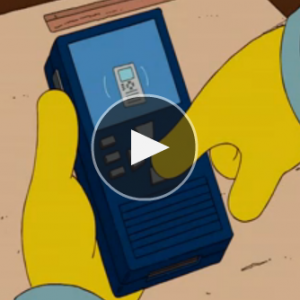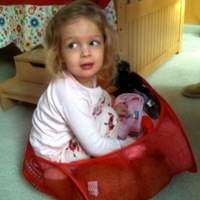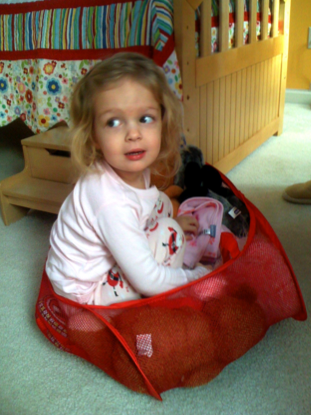I developed this series as part of my work with Prentice-Hall supporting Daniel Boorstin’s A History of the United States.
Originally it was suggested that I develop lessons on questions such as “Should slavery be extended into the territories?” I argued that most of these issues had been answered, and that it would be more engaging to frame the debates around essential questions. Thus the typical question – “Should the Constitution be ratified?” became “How powerful should the national government be?” Anyone following the reauthorization of NCLB or the proposed health care legislation knows the enduing relevance of that question.
The Great Debates feature consists of twelve debates, one for every unit of the text. Each of these debates contains an introduction that states the topic of the debate, examines the background of this issue, provides information about both the readings and the debaters, and discusses the debate topic from a contemporary perspective. Units feature the conflicting viewpoints of two or more historical figures or organizations and a worksheet that helps students analyze the debate through a series of comprehension and critical thinking questions. Download all Great Debates here
Essential questions / debates include:
Debate 1: How Should Society Balance the Need for Tolerance with the Need to Protect Itself?
Debate 2: How Powerful Should the National Government Be?
Debate 3: Who Should Be Allowed to Vote?
Debate 4: Should Women Have Equal Treatment Under the Law?
Debate 5: How Should Americans Treat the Land?
Debate 6: Has Industrialization Produced More Benefits or More Problems for the Nation?
Debate 7: Should the United States Pursue a Foreign Policy of Isolationism or Interventionism?
Debate 8: What Should the Nation’s Immigration Policy Be?
Debate 9: To What Extent Is the Federal Government Responsible for the Welfare and Security of the Individual?
Debate 10: Is Civil Disobedience Ever Justified as a Method of Political Change?
Debate 11: What Are the Limits of a Free Press?
Debate 12: How Much Should the Nation Invest in Defense?
